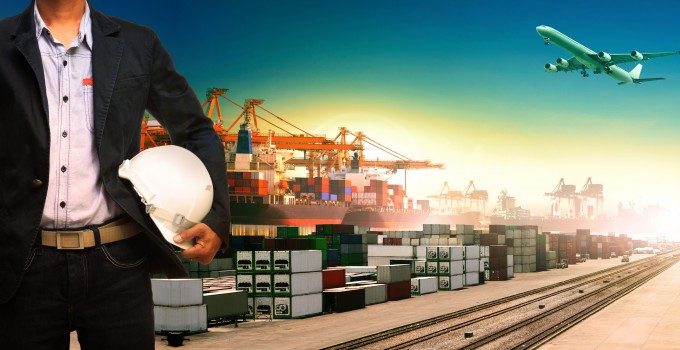SCD: UPS, FedEx fuel surcharge hikes to heat up delivery prices
SUPPLY CHAIN DIVE reports: FedEx and UPS’ index-based fuel surcharges are adjusted weekly based on prices ...

A fine feature article from the Los Angeles Times, which serves as a useful companion piece to our post today reporting on FedEx’s second-quarter results, and describes in fascinating detail the existential challenges facing both FedEx and its arch competitor, UPS. Will the unmistakable drift of Amazon towards becoming a logistics suppliers in its own right; the quest of numerous start-ups to develop an Uber for freight; and technological paradigm shift caused by the widespread of deployment of drones and driverless vehicles combine to make the huge investments FedEx has made over the past few decades redundant? “It’s a transformation that will test whether sprawling, sophisticated facilities such as the World Hub are a bulwark that protects the company or an expensive anchor that makes it hard to reposition for the future.”
'I'm scared', says Boeing whistleblower, after two others suffer mysterious deaths
DSV could face $16m bill after helicopter is written off in haulage accident
Déjà vu as major ocean carriers scramble for tonnage and containers
Indian trade disrupted as port congestion forces liner services to skip calls
Shipper frustration as spot rates rise alongside demand, and cargo is rolled
Don't get too confident for Q2, market risks haven't disappeared, warns Yang Ming chief
Flexport's newly liveried aircraft ready as business looks up
Don't chase that final dollar, warning to shippers delaying signing new contracts

Comment on this article